Foreword
The cloud is easy and independent thinking is difficult! Set-top boxes are long-standing pain points and difficulties in the cable TV industry. Where is the future development of set-top boxes? After the Spring Festival in 2015, Mr. Luo Xiaobu made a daily statement that he would throw out 38 questions for the future set-top box and openly discuss with the industry.
In the opinion of China Guangdong Internet, some problems have no standard answer. In the process of advancement, we can only do things correctly and do the right thing only through constant reflection.
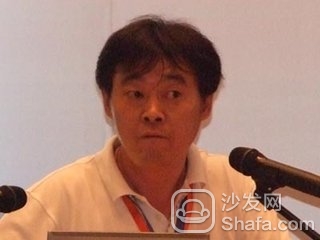
Q.1 The first proposition of Luo on the set-top box is: Now that the set-top box should be a TV as a terminal? Or use a mobile phone as a terminal? Or are the two terminals equally important or have a division of labor or a master-slave relationship? (Relationship between set-top boxes and TV sets, mobile phones, etc.)
Set-top box is a conversion device, the terminal is a set-top box, television, mobile phones, and tablet computers can understand the display. Mobile phones are highly interactive and can receive, remote control, and program screening. TV is used to play better visual impact. If you are at home, you can use TV to watch videos more comfortably whether you are on-demand or live. The mobile phone can also be used as a picture-in-picture in the past to find other things you want to see. Personally think this is how to locate the role of the set-top box. Whether the set top box serves other terminals or whether other terminals serve the set top box.
Smart TV is basically designed in accordance with the architecture of android +IP. There is a collaborative conversion between DVB system and broadcast TV. Therefore, waste is inevitable. Moreover, DVB encryption is for control, which is what operators do and smart TV is a consumer. Electronic products are generic and have scale, so it is inevitable that the fundamental attributes of these two factors determine waste. In one sentence, the two owed money to each other.
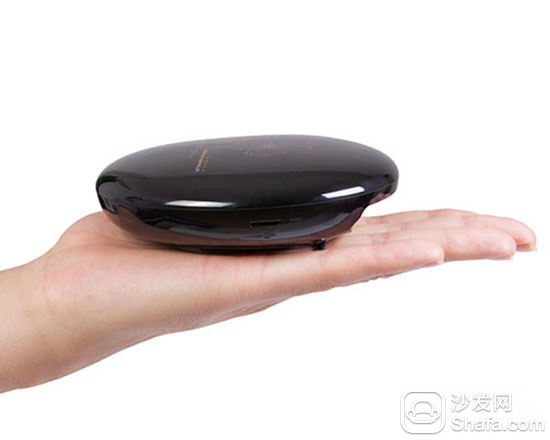
Q.2 If the next generation of set-top boxes is for the next generation of TV sets, the next generation of TV sets will be at least 4K smart TV sets. Luo's second proposition about set-top boxes is: How many smart TV features are spoilt by today's set-top boxes? Or how many chips and systems designed/supported for wasted/idle smart TVs? Should the functions in the next generation of cloud platform environments be implemented by set-top boxes or smart TVs? (Set top box and smart TV function)
Q.3 It is impossible for any product to leave the environment and survive independently, as is the set-top box. Luo Zong’s third proposition on the future set-top box is: What kind of ecological environment will the next generation of set-top boxes be in, including network environment, platform environment, terminal environment, technical environment, policy and legal environment, social and cultural environment, etc.? Today, only discuss the network environment, platform environment and terminal environment of the future set-top box. Or roughly what? (The set-top box's ecological environment)
Q.4 Everyone is interested in multi-screen interaction. Luo's fourth proposition on the future of set-top boxes is: How to define multi-screen interaction? Multi-screen and different display, pull screen, push screen, mobile phone remote control and payment, social, etc., which are the real needs (ie, high probability, frequently used needs or just needed)? What are the fake demands (ie, a small probability, occasionally playing, most of them just furnishings)? In addition, is it meaningful or necessary to pull the contents of the broadcast platform? Can pushing screens not push Internet content meaningful or demanding? What is the difference between social and visual communication? Who is more in need? Why is the multi-screen interactive app not based on the WeChat public account? Or should we use the WeChat public account as the basis?
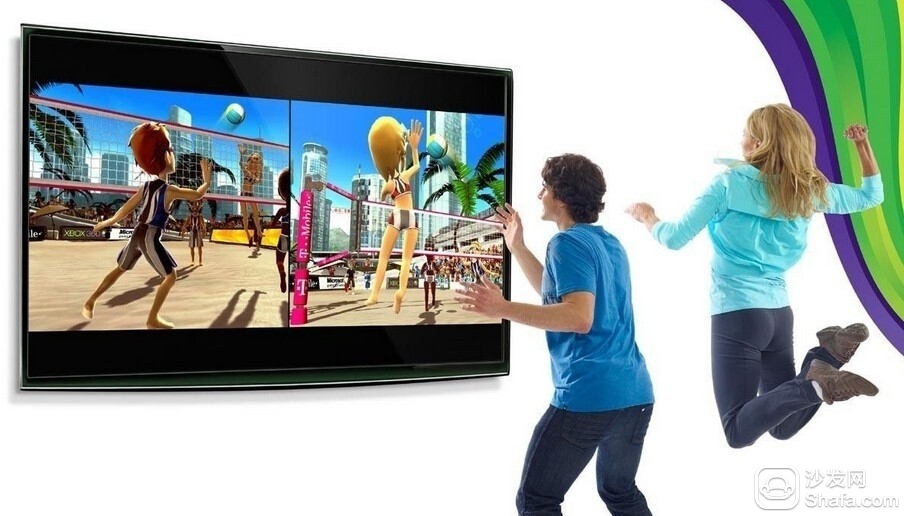
As a reminder, we often invest a large cost for small-probability events in R&D. The ears of Zangzi have an advantage, that is, they look good, but they don't have any other role. They only display! (Multi-screen interaction)
Q.5 Suppose the next-generation TVs are at least 4K, smart TVs with a variety of interfaces, with a processor/memory, and an operating system, equipped with a Pad remote controller; assuming that the set-top box is a gateway, use it as much as possible. Devices or functions of smart TVs (such as 4K decoder without a decoder, 4K decoder with a smart TV), and functions of a Pad remote controller or a mobile phone. Luo's fifth proposition about the future set-top box is: Under the above premise, which set-top box-type smart gateway consists of several parts? What are the basic technical requirements for each part? (If more than one tuner, in the end is a few? Why?) What are the technical standards that need to be followed? (Set top box and smart gateway)
The set-top box is mainly composed of two parts: 1. The channel part, which can be called “Tuner†in a broad sense, completes the selection and processing of channels and program streams; 2. The source part can be called a player to complete the restoration of video and audio. As a result, in the case of more and more powerful smart TV playback capability, the smart TV box can be stripped and delivered to the player of the TV screen. This will leave only the Tuner part of the box. The function can be incorporated into the home media gateway. This is a situation where the traditional STB dies! (Shanghai Jiaotong University, Professor Zheng's feedback)
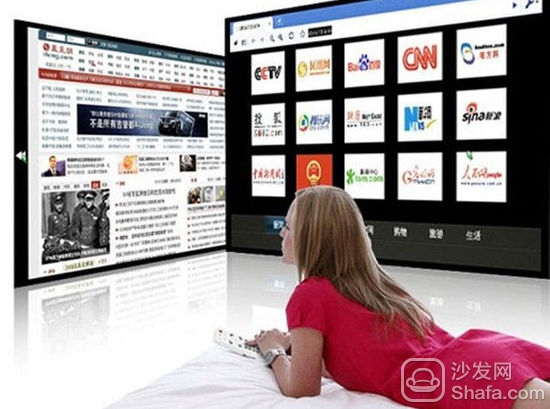
Integrate the media gateway function of the box with other gateway functions of the smart home into an integrated smart home gateway with functions such as wireless AP, home IP exchange, home routing, and home firewall. This is a trend; another possibility is to make a TV receiver stick. In short, the box will be more and more lightweight! (Prof. Zheng's feedback)
Q.6 With the advancement of society, the next generation of smart TVs should meet the following requirements: First, absolute protection of the ownership of televisions by the people, including property rights, options, use rights, etc.; Second, independent of the operator, that is, the people can Freedom to choose telecommunications and radio and television, and even select or double access; Third, all ages, both can use the traditional way to watch, you can also use Pad remote control to watch, you need to watch TV, free to vote on the screen; Fourth, the TV screen becomes One of the accessories can also be equipped with a projection device, that is, the organic combination and separation of intelligence and display. Luo Zong’s sixth proposition on the future set-top box is: Based on the above assumptions, which parts of the future smart TVs will be composed of? What is the function of each part? What are some of the key technologies? Including comparison and selection of multi-infrared, WIFI and other communication technologies (future set-top boxes and smart TVs)
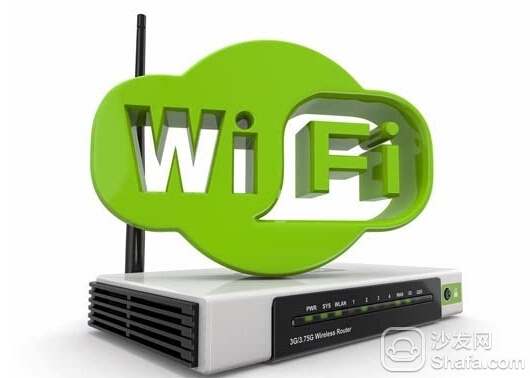
Q.7 As we all know, the configuration, system, and application support of set-top boxes depend not only on the set-top box itself but also on the carrier platform that the set-top box interfaces with. Today's operator platform is supposed to be a cloud platform that not only crosses the network but also crosses terminals. For wireline, it not only introduces content from the Internet (OTT Broadcasting), but also publishes content to Pad and mobile phones (OTT Telecom Internet and Mobile Internet). It should also be noted that the platform is not only for personal use, but also conducive to attracting investment. The seventh proposition of Luo with regard to the future set-top box is: Under the above conditions, what basic properties should the operators use to dock the platform of the future set-top box? What are the basic capabilities? And other convenient set-top box independent of the operator or market requirements? (Future docking platform for STBs and operators)
Q.8 The 8th proposition on the future set-top box by Luo Zong is: The next set-top box on the operator cloud platform, at least 4K smart TV, Pad type remote controller or available Pad as a remote controller, multi-screen interaction and cross-network ring Or smart gateway operating system should be like? Or what are the requirements for the operating system? And in the face of common scenarios, what are the basic application systems? Or what basic applications must have? (Future set-top box and operating system)
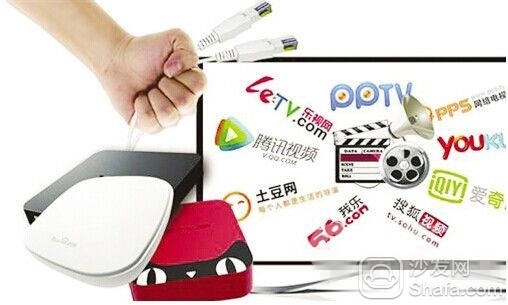
Q.9 There are many products that claim to be home gateways, as if a home could configure a wide variety of gateways. Luo's ninth proposition about the future set-top box is: How to define a home gateway in the context of triple play, Internet of Things, smart home and smart home? How to build a network environment that meets all home applications? What are the main technical standards or requirements? (Future set-top boxes and home gateways)
Q.10 After the set-top box is transformed into a television intelligent part and an intelligent gateway part, the design or adaptation of the application scenario is faced. There are five basic elements of scenario design, namely big data, mobile devices, social media, sensors, and positioning systems. Luo's tenth proposition about the future set-top box is: Assuming that the visual communication system is based on a set-top box as the gateway for social media, how should the visual communication system be built? What are the important differences between visual communication B2B, B2C, and C2C? Assume that the mobile phone is both a mobile device, a Sensor, and a positioning system. What are the application scenarios of visual communication that you are interested in? What are the main technical requirements or standards for visual communication design based on the requirements of mobile phone camera heads? What are the requirements of video communication as a whole system for its support system and management system? (Future set-top box and visual communication system)
Q.11 Radio and television claims that "from watching TV to TV." Undoubtedly, it is the era of high-definition interactive television. Luo's eleventh proposition about the future set-top box is: How to define "use" TV? Which applications belong to the category of "use" television or belong to the category of strong interactive or symmetrical interaction? How to achieve or guarantee technically? (Future set-top box and "use" TV)

Q.12 The ideal set-top box in the future is to achieve multi-screen interaction. Multi-screen is usually referred to as a television screen, a mobile screen, and a tablet or pad. Luo's twelfth proposition about the future set-top box is: What are the advantages of these three screens? What are the disadvantages? What do you think are typical applications of their respective strengths and weaknesses? Please give examples (multi-screen interaction)
Q.13 The thirteenth proposition of General Manager Luo on the future set-top box is: In the environment of triple play, cloud platform, set-top box gateway, and television intelligence, when you emphasize multi-screen interaction, give the mobile phone what position ? Or what new features do you want to add to your mobile phone when it interacts with your mobile phone? (Mobile and multi-screen interaction)
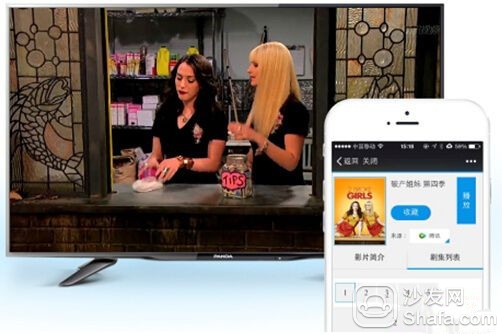
Q.14 Future set-top boxes will face both smart TVs with an operating system, at least a built-in 4k decoder, but also smarter Pad-type remote controllers or smart phones, and achieve multi-screen interaction; Gateway-type set-top boxes not only connect the cable TV network, but also connect the broadband Internet (whether the Internet is the service which meets suppliers), and can support smart home; Under the above circumstances, General Manager Luo's fourteenth proposition on the future of set-top boxes. Yes: There are several external interfaces that fail to set-top box? What are the types? What is the main function of each interface (future set-top box interface)
Q.15 There are many options for the operating system of a set-top box. Luo's fifteenth proposition about the future set-top box is: What are your criteria for choosing an operating system? Which features of the operating system are the most basic or most important? Which features are contradictory (such as openness and security)? In the face of contradictory characteristics, how do you balance or choose? Any operating system needs the long-term technical support capability of the enterprise or the society. In the existing operating system, which type of operating system do you think can obtain long-term technical support? (operating system)
Set-top boxes are best focused on media processing, access and interconnection features, and the expansion of peripherals, such as cameras and payments, to mobile phones and other devices, on the one hand, the use of habits to cultivate and change the huge cost, on the one hand since these features in mobile phones It is no longer a bottleneck, so first hand over the phone. We have discussed the payment of set-top boxes with UnionPay, and CUP has no ideas or input in this regard. (Hai Si Duan Xiaoming)
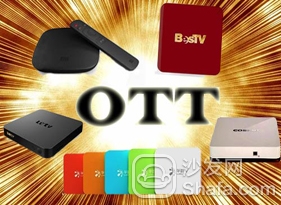
Q.16 Since IP networks cannot provide guaranteed quality of transmission services, OTT boxes need to constantly improve their processing capacity to make up for their deficiencies, namely "fat terminal" (four-core, six-core, and eight-core increase); if wired pursuit OTT, Will become the "slaves" of the box. Another idea is to build a cloud platform, not only to market the box, but also to make the box "thin terminal". Luo's sixteenth proposition about the future set-top box is: Which method do you think are more operable or more in line with the reality of the cable? Which method is more in line with future development trends? If you choose DVB + OTT, how to balance between fat and thin? Is DVB+OTT a real proposition or the best solution? (Fat terminal and thin terminal)
The processing power of the main box chip is not used to ensure the transmission quality, but the quality of the transmission used to achieve better and faster functions is indeed higher and higher, but on the other hand, it also sacrifices flexibility. From the user's point of view, it depends on whether the user is demanding on-demand viewing or video quality. (Meng Wei)
Q.17 In the media niche analysis, the six dimensions of demand satisfaction, utility satisfaction, users’ willingness to spend time, users’ willingness to spend money or exchange, opportunities to meet (time-space) constraints, and advertiser attitudes are generally used. Luo's seventeenth proposition about the future set-top box is: If you consider various boxes or gateways as terminals, how do you evaluate from the above six dimensions? Similarly, how do you evaluate mobile, TV, or Pad from six dimensions? (Media Niche Analysis)
Q.18 Everyone talks about OTT. Many companies claim that their products are OTTs. Luo Zong’s eighty-eighth topic on the future set-top box is: What is your standard for OTT products? What is the nature of OTT products? And please give an example, who are you? Who do you want to OTT? (OTT)
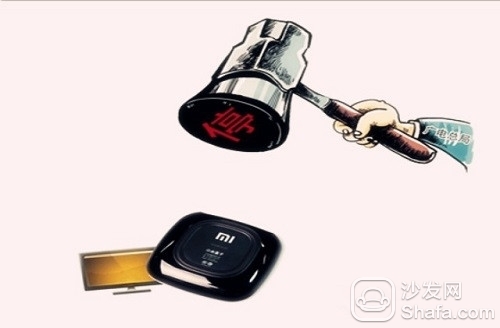
Q.19 The development and promotion of technology or methods cannot be separated from the environment of policies, regulations and laws. Luo's nineteenth proposition on the future of set-top boxes is: Non-radio-electronics systems require OTT television. Under the premise of ensuring national public opinion security, what policy environment or what policy restrictions are needed to break through? Similarly, what kind of policy environment or policy restrictions need to be broken through radio and television or cable to OTT internet or mobile internet or mobile phone? . (policy breakthrough)
Q.20 "Internet+" is a new form and new format of Internet development under the innovation of knowledge society 2.0, and it is also a new economic form. The "Internet +" action plan emphasizes cloud computing, the Internet of Things, and big data, and emphasizes integration with various industries. Luo Zong’s twentieth proposition on the future set-top box is: In the “Internet+†environment, how should the set-top box be positioned in the future? Where is the direction of development of the set-top box industry? Where is the development direction of cable use set-top boxes? (Future STB and "Internet+")
Q.21 Luo's twenty-first proposition about the future set-top box is: How can a set-top box be transformed when the hybrid cloud becomes a new format and the Internet of Things can replace the Internet? What should be the basic functions? What are the criteria for these basic functions? (Transition of STBs under hybrid cloud)
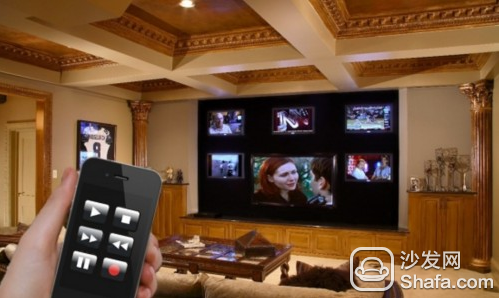
Q.22 Everyone is talking about smart homes, smart set-top boxes, and smart terminals. Luo Zong’s twenty-second proposition about the future set-top box is: What intelligence do you think your home life needs? Which intelligence is necessary or basic? Which smart do you think can be borne by the gateway smart set-top box? Or gateway smart set-top box as a bridge? (Future set-top boxes and "smart homes")
Q.23 Internet+ not only indicates that the Internet is everywhere, but also indicates multiple "cloud platform" environments. Luo Zong’s twenty-third proposition about the future set-top box is: Under the “Internet +†background, what “cloud platform†is related to the future smart home environment? Or related to the future gateway type set-top box? Under the influence of these multiple "cloud platforms" or under the influence, how can we achieve the communication environment between future home smart devices? In this communication environment, how should the gateway set-top box in the future be located? (Cloud Platform - Smart Home - Gateway Set Top Box)
Q.24 The mobile Internet, cloud platforms, and network terminals (especially mobile terminals) are the three cornerstones of "Internet Plus." Luo Zong’s twenty-fourth proposition about the future set-top box is: What capabilities does the cloud platform need in order to provide services for mobile phones or to facilitate interaction between mobile phones and televisions? What capabilities or capabilities should a future gateway set-top box have in order to become a bridge between mobile phones and televisions or other smart homes? From the perspective of an application or enterprise product, how do you position or describe the relationship between a mobile phone and a television? (Mobile - Cloud Platform - Gateway Set Top Box - TV)
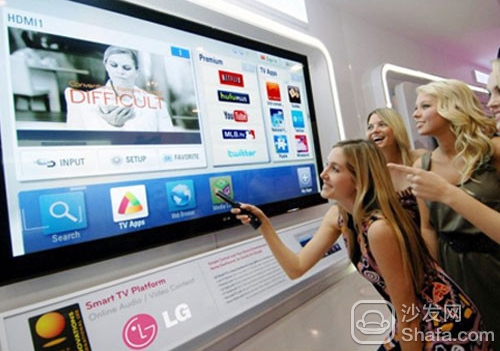
Q.25 Set-top boxes are the same as computers, mobile phones, and automobiles. They "really regret when they buy it," which means that they cannot catch up to the speed of technological development or update. The set-top box that is used as an operator to connect equipment is very different from the OTT set-top box that is used as a home appliance. It is not only responsible for the quality of the set-top box, but also responsible for the application of the support; that is, it is not only concerned about the power of the set-top box, but also the set-top box. Carrying capacity. Therefore, operators cannot rely on the ability to constantly replace or update set-top boxes to meet the needs of applications. Instead, they rely on cloud platforms to supplement the capabilities of existing set-top boxes to meet the needs of growing applications. Luo Zong’s twenty-fifth proposition on the future set-top box is: What capabilities do future or existing set-top boxes need to be supplemented by the cloud platform? What work should be completed by the cloud platform completely, and has nothing to do with the set-top box? (Future set-top box and cloud platform)
Q.26 Future gateway-type set-top boxes will definitely play the role of home APs. Luo Zong’s twenty-sixth proposition on the future set-top box is: What kind of network environment does the AP of the set-top box face in the future? What should be available? What are the technical requirements?
Q.27 Although set-top boxes need to form a complete system with cloud platforms and terminals, it has been proved that only set-top boxes can be developed independently from operators; operators are also anxious to be freed from set-top boxes. Luo Zong’s twenty-seventh proposition on the future set-top box is: Under the conditions of legal compliance, how should the future set-top box be designed, especially the application of logical design, to be independent of or from the operator? What are the factors or limitations that currently limit the set-top box's independence from the operator? (Future set-top box and disconnection operator)
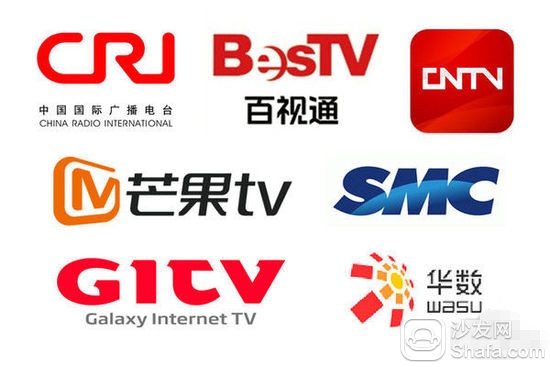
Q.28 With the development of technology, TV screens will become thinner and thinner, and TVs will change from "hanging" walls to "sticking" walls. The reconstruction of the smart part and the display part becomes inevitable. Intelligent remote control is just one of the reconstructed solutions. Luo Zong’s twenty-eighth proposition on the future set-top box is: What functions should future intelligent remote controllers have? Under the premise of an intelligent remote controller, how should the future gateway set-top box be located? Which set-top box functions or applications should be transferred to the smart remote control? (Smart Remote Control - Gateway Set Top Box)
Q.29 On March 23, the State Council issued a number of opinions on innovation-driven reform; two of them are closely related to the future of set-top boxes. One is innovation-driven social status and the other is the breaking of natural monopolies. Luo Zong’s twenty-ninth proposition on the future set-top box is: In the future of set-top box ecology, how should cloud platforms, set-top boxes, and terminals determine the position of innovation in the industry or products? How will the future set-top box drive the development of its own industry through innovation? How can innovation drive the development of related industries? Under the background of innovation-driven, how to break the natural monopoly of network operators? In particular, how to break the natural monopoly of cable operators? (Future STB - Innovation - Breaking Natural Monopoly)
Q.30 There is a hot spot in this year's CCBN, which is the "cloud platform." There is a need for verification of the prevailing view, that is: With the "cloud platform" can be set-top box "thin terminal", so that high-definition interactive box is cheaper, and even the configuration can be even lower and simple. Luo Zong’s 30th proposition on the future set-top box is: Is the above view correct? why? What is the difference between the division of labor of cloud platform and set-top box terminals? Under what circumstances or conditions is the application more suitable for downloading to a set-top box? What are the basic requirements of Android 5.0 for set-top box configuration? (Cloud platforms and thin terminals?)

Q.31 The "Internet +" technology environment has undergone tremendous changes. Cisco goes to SDN and virtual network intelligence, IBM enters cognitive computing, Intel focuses on mobile devices and wearable devices, Oracle Corporation shifts to customer relationship management, HTML5 is not only standardized, and has been widely used, APP reaches millions of levels, away from The Internet of Things for specialized devices is a step away. Luo Zong’s thirty-first proposition on the future set-top box is: In the above environment, how should we design the future set-top box? Or from the above environment, what design do you get for future set-top boxes? (How to design future set-top boxes)
Q.32 With the development of the Internet of Things, set-top boxes may or may be networked or replaced by the Internet of Things. Luo Zong’s thirty-second proposition on the future set-top box is: How to conceptualize the future set-top box from the perspective of the Internet of Things? If the function of the set-top box is removed, what part of the branch should be classified or classified? Which parts can't be deducted and need to be retained? (Internet of Things - Future Set Top Boxes)
Q.33 Telecommunication fiber-to-the-home systems have been scaled up and the "Broadband China" program is rapidly implemented. The era of 100Mbps bandwidth and one dollar per day is approaching. The cloud platform of telecommunications has been perfected, the CDN layout has been high-density (closer to users), and the OTT set-top box has been continuously improved in performance; under the combined efforts of the cloud platform, CDN, and high-performance box, the OTT transmission is not stable. get over. The national innovation drive policy will break the natural monopoly of radio and television. Luo Zong’s thirty-fifth proposition about the future set-top box is: How do you design OTT set-top boxes from the perspective of OTT manufacturers? And what are the natural monopolies that are required to be broken, but which should not belong to the cable? Similarly, in this context, how should a smart TV be designed? (OTT Set Top Box - Breaking Natural Monopoly on Cable TV - Smart TVs)

Q.34 In the face of the crazy Internet OTT attack, the cable must not only actively defend, but also take the initiative to attack. In the face of OTT's defensive line, it is necessary to face the full and fair opening of the licensees, that is, not to allow or permit any license to be monopolized or exclusive; and to open up to Internet companies, at least to make technical preparations for Internet companies open. , Even docking Yuet Me platform, mobile base and other operator platforms or cloud platforms. On the offensive side, cable is mainly OTT Internet and mobile Internet, including providing content links to websites (Note: not hosting websites), issuing APPs or co-publishing APPs, gateway SSID services or opening, and pushing services to mobile phones through gateways. Luo Zong’s thirty-fourth proposition about the future set-top box is: How to design a cable set-top box that satisfies the above requirements? Or what features or capabilities should a cable set-top box have in the future? What is its basic technical line or architecture? (Future cable set-top box technology line)
Q.35 Today, too many applications are incompatible with each other, and the boxes are similar to each other. Each type of box actually forms a self-contained virtual private network. For example, BesTV's boxes, music boxes, and other license box applications cannot communicate with each other. This is contrary to the basic laws of the Internet. It is a resurgence of traditional monopoly thinking in the new era. It also brings inconvenience to the use of the people. For example, a number of boxes need to be exchanged and exchanged; at the same time, it also provides an opportunity for the cable to break free from difficulties. . Luo Zong’s thirty-fifth proposition on the future set-top box is: In this situation, how should the cable set-top box and its supporting platform be designed to meet the needs of licensees and other content providers, thus forming the most widely Compatible or inclusive? In addition to technology, cable needs change in terms of concepts, policies, etc. (STB Platform - Compatibility - Policy Change)
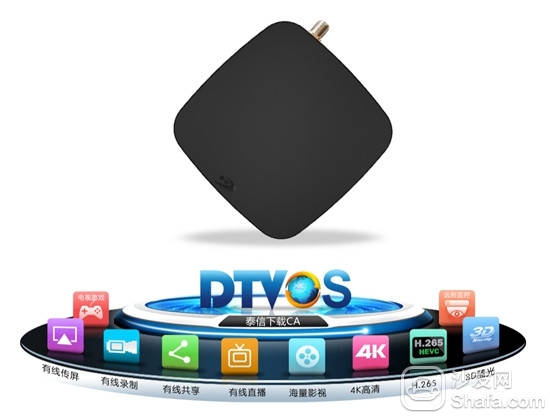
Q.36 "Reduce delay" ranks first in improving the user experience. Solving the delay problem is not only related to the processing capability of the cloud platform, but also closely related to the capabilities and deployment of the CDN and the capabilities of the set-top box itself. Luo's thirty-sixth proposition about the future set-top box is: What kind of technology and technology framework can be adopted to improve the CDN capability so as to reduce delay? What kind of principles or ideas or levels can be used to deploy CDN across the country or within the provincial capital or metropolitan area can achieve a balance between economy and efficiency? How should the STB be designed to reduce latency and improve the user experience? (CDN)
@tmi? In fact, your question is self-answered. 1. It is enterprise behavior to revitalize existing assets and do a good job. We called the poor side of the cable, while the local tyrants, anyway, the previous thing is "previous", has nothing to do with me. Or a career-level tyrant; 2, technology, experts like to talk about new technologies. Coaxial network is the realization of technology and engineering, but also a commercial brand! The American cable CTO was asked, the optical fiber seems to have unlimited potential. Are you ready to abandon the coaxial network? The answer is: NEVER! If we are unwilling or not to improve with the quality of the grid. Please, give you an all-optical network, and it is the worst in the world! 3. When the development of various interactive services (including OTT) is taking place, today's transmission architecture will make the cable bankrupt. Choosing CCAP was first forced by money, and technology was secondary. But CCAP is not a straw, if your transmission architecture is still 20 years ago! Today's 64-bit OS cannot run on a 386 machine. 4. If the state wants to oppose the "natural monopoly", you will completely give up the coaxial network and go to play fiber-to-the-home with the telecommunications. As a result, everyone can see... 5. DOCSIS 3.1 and D-CCAP, and V -CCAP, etc., only tell us that wired technology and architecture are evolving every day. Sticking to their own brands and finding the right technology and architecture, they may not be able to make a fortune, but they will never die. If you want to "make", no one can stop it...
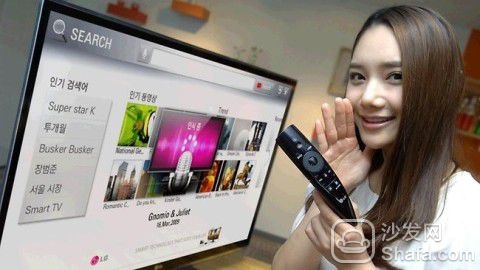
Q.37 The basic ideas for future multi-services and broadband competition among US and European cable companies are to grasp the essence and actively compete and dig out or protect existing assets as much as possible. If you are faced with broadband competition, focus on the actual bandwidth, rather than its optical fiber or coaxial. The CATV converged access platform or CCAP is the basic framework for the US and European colleagues to face future market competition, and has been proved to be one of the correct directions for the cable transformation. Luo Zong’s thirty-seventh proposition about the future set-top box is: Cable TV network company is to choose the same as the telecommunication technology and telecom competition? Still emulate the US and European colleagues' choice of technology routes and telecom competition that embody their own characteristics and no shortage of competitive advantages. If you choose the latter, how can you build a CCAP that supports multiple services such as wired and wireless? To meet or support the needs of CCAP business, how should we design a cable set-top box that embodies the advantages of CCAP? What are the basic features or characteristics or advantages of this set-top box? (Wired Network Technology Line - CCAP - Set Top Box)
Q.38 With the convergence of the media and the convergence of networks, future set-top boxes will definitely face or support different types of networks. For cable set-top boxes in the future, it is necessary to face or support DVB networks, IP broadband networks, broadband Internet through SSID and the three major operators, visual communication networks implemented through SIP gateways, and home WIFI network environments. Luo Zong’s thirty-eighth proposition about the future set-top box is: How many types of networks do cable-connected STBs face or support? What are the technical characteristics or requirements of these networks? How will the cable gateway set-top box meet the above requirements? (Set Top Box - Network)
Write last
Faced with or escaping, it is a completely different attitude to follow the trend, and it is a completely different attitude. At present, the cable industry challenges and opportunities coexist, and everyone who cares for their own career in the cable industry is worth our precious. Thank you to every friend who has read the thirty-eight questions, and I look forward to your participation in this discussion.
Rotary encoders are used as sensors for angle,position,speed and acceleration. We can offer incremental encoders and absolute encoders.
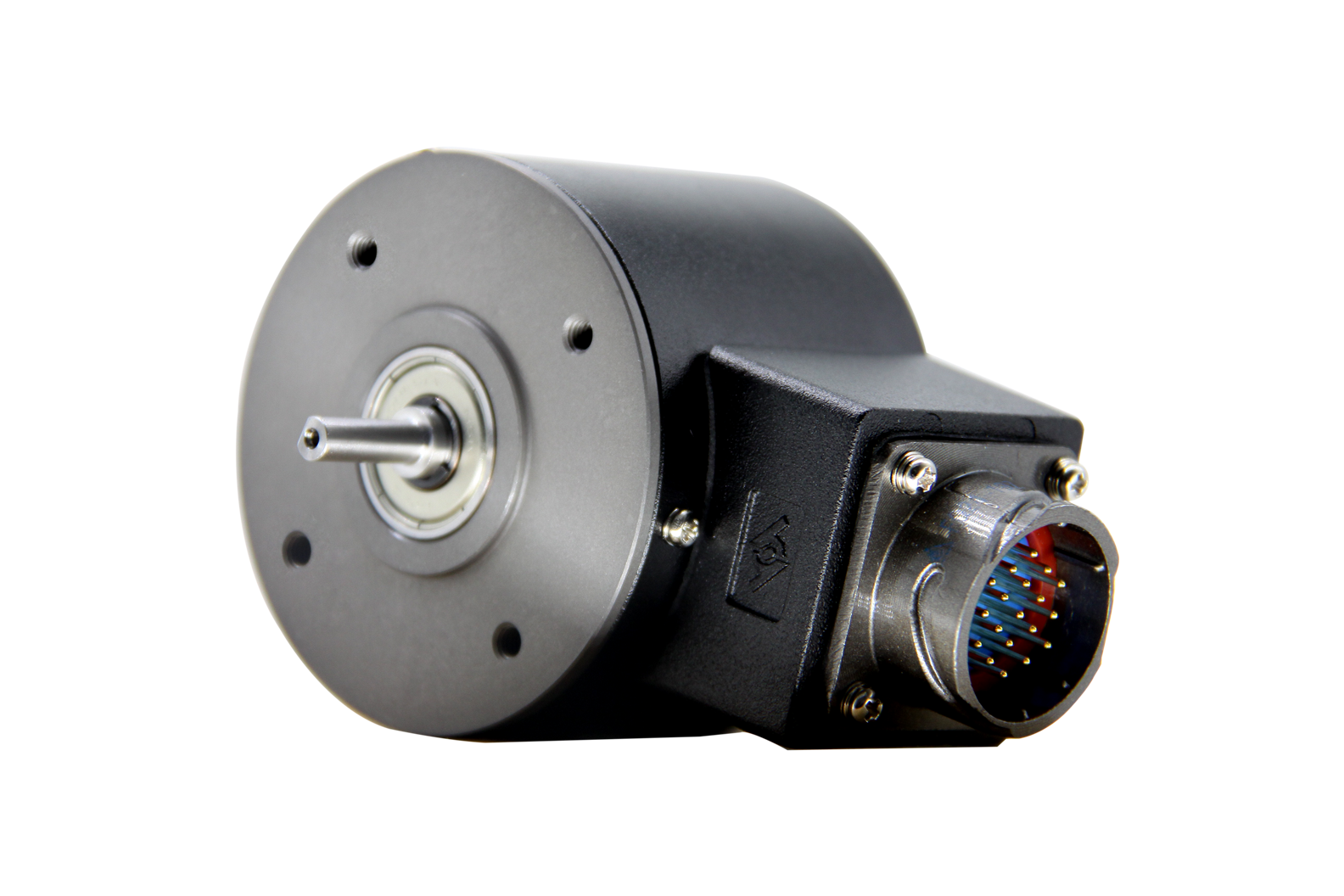
Absolute Encoder,Custom Encoder On Motor,Custom Optical Encoders,High Resolution Encoder
Yuheng Optics Co., Ltd.(Changchun) , https://www.yhencoder.com